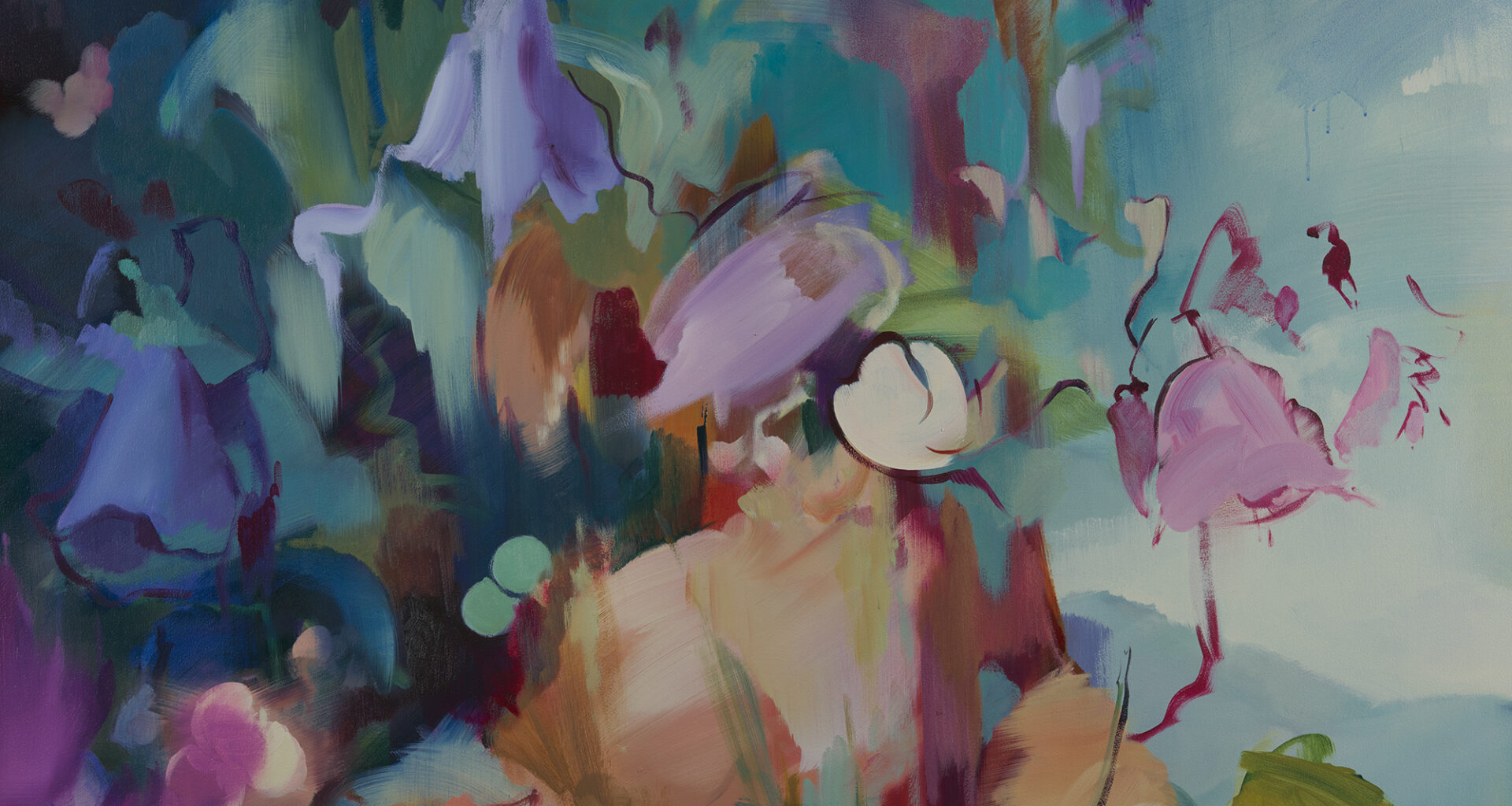Four Seasons
The Frick Collection
September 3, 2025–March 9, 2026
New York
“Lovely,” was the word I heard again and again in tones notably unhushed at the Flora Yukhnovich installation at the Frick Collection. “Lovely” is such a lovely word, soft, alliterative, undemanding. This pronouncement on the qualities of Yukhnovich’s installation, a kind of pastiche of François Boucher’s Four Seasons isn’t wrong, but it does point to a problem—a problem not with the work per se but with its placement in the Frick.
The Frick over the past several years has put its collection of objects originally intended by Henry Clay Frick to be “pleasant to live with” in conversation with contemporary works that at least complicate such pleasantries. The 2021 installation Living Histories: Queer Views and Old Masters juxtaposed works that showed lineages and divergences—Doron Langberg and Jenna Gribbon with Hans Holbein, Salman Toor with Vermeer, Toyin Ojih Odutola with Rembrandt and again Holbein—and even where the connections seemed tenuous to me, the pairings were provocative. The problem with Yukhnovich’s installation and where it fails where the earlier exhibition succeeded has little to do with Yukhnovich’s gifts as a painter, which are plentiful. Rather, the trouble is that the Frick and Yukhnovich don’t need each other at all—but they want each other badly.
When the Frick’s truly extraordinary collection temporarily moved to the Breuer building, it was a breath of fresh air, to use a well-worn phrase, for the obvious reasons: getting the art away from the opulence of the mansion allowed it to be seen as art itself rather than a shrine to one man’s (mostly excellent) taste. Like many, I loved the friction effected by an essential aesthetic mismatch between art and architecture. In bringing the collection home, the order of things has been restored, and we can breathe easy. But a temporary installation might serve as an opportunity for just a little bit of breathlessness.
Yukhnovich wants to stop our breath, at least for a moment, and the painterly accomplishment of her work might have. According to Ted Loos’s feature in the New York Times, Yukhnovich has said she hopes her work is “destabilizing” to the Frick’s frequenters. Loos comments wryly, “But she meant that in the nicest, very British way.” It seems more than a little dismissive and, quite frankly, unfair to refer to a young, woman artist as “nice” and “British” (read: female, frilly, fussy). There are hints of subversion in the work, particularly in an abstracted globular fleshliness that at times seems to mock via acts of inflation the femmes that populate Boucher’s work. She gives us blobs of Boucher injected with filler, and certain shapes suggest disarticulated body parts. There is something of the grotesque in all Boucher’s sumptuousness, Yukhnovich’s installation whispers, if only the setting made her voice easier to hear. In interviews, Yukhnovich has spoken eloquently (and with echoes of Willem de Kooning’s writings) about the role of flesh in both that which is represented and in the work of representation, the physical labor of painting. Accordingly, what is most admirably evident in Yukhnovich’s work is not only her love of painting but also of paint itself. But, sitting in the center of Yukhnovich’s room, I didn’t hear the murmurs of an audience whose expectations had been destabilized. I heard about loveliness.

